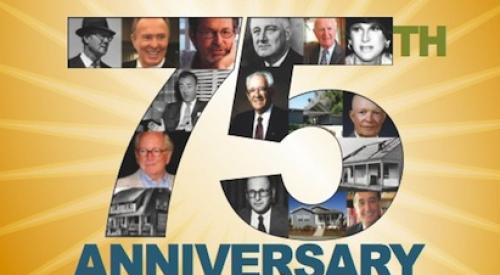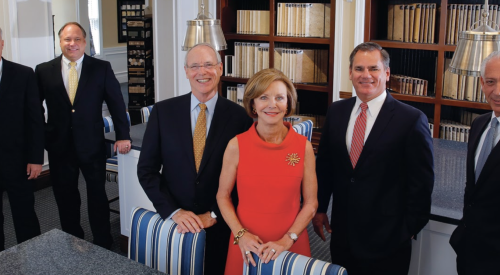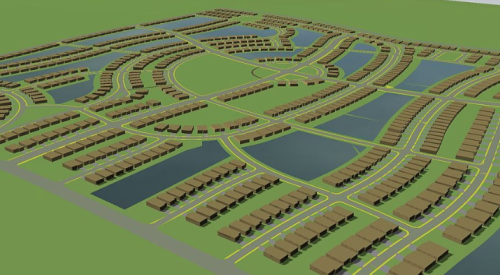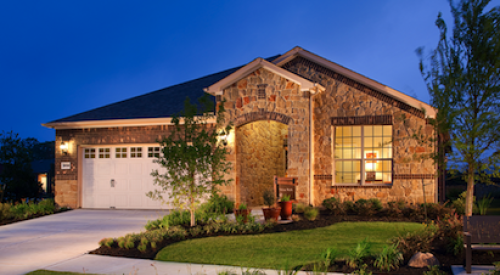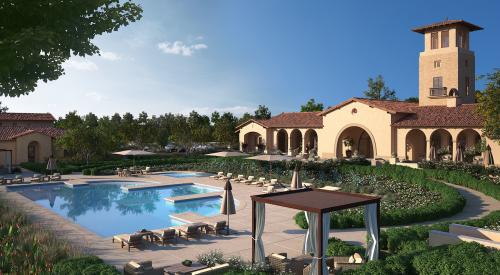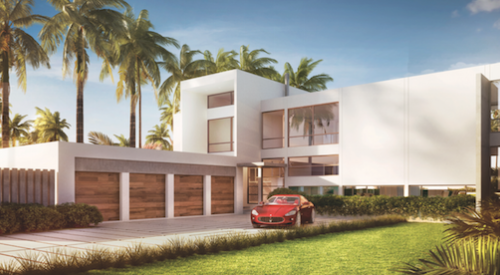Credit the advancement of the national Smart Growth dialogue for helping each realize that stressing areas of commonality is in their organizations’ mutual interests. Builders have learned the hard way how easy it is to be tarred publicly by appearing to ignore environmental and land-use concerns. Meanwhile, many former no-growth advocates have come around to the notion that smarter growth is better than appearing loony in the face of census projections that make the need for more housing increasingly obvious.
Just beneath the surface, however, vast differences are hard to overlook. This is perhaps made most clear in the Sierra Club’s recent state-by-state survey of good and bad developments - many of them residential.
The report, "Smart Choices or Sprawling Growth: A 50-State Survey of Development," assigned a thumbs up to a project in each state and a thumbs down to 52 others. New Urbanist plans for the replacement of Stapleton Airport in Denver got a thumbs up, as did the new community of Vermillion in Huntersville, N.C., and Post Midtown Square in Houston. Most of the rest of "the best" were downtown redevelopment projects in places such as Salt Lake City and Racine, Wis. Despite the Sierra Club’s official stance that greenfield development can be "Smart," virtually all the endorsed projects are infill.
Some of the survey’s negative conclusions are surprising. For example, the new community of Hidden Springs, about 5 miles from the fringe of Boise, Idaho, has a wide range of housing sizes, high densities, narrow, pedestrian-oriented streets, a general store and a farmers’ market along with schools, parks and 800 acres of preserved open space. According to the Sierra Club’s national conservation director, Bruce Hamilton, Hidden Springs is just "too far" from Boise.
This would be only ironic (and not galling) had Hidden Springs not been held up by a panel of architects, designers and planners as the best example of Smart Growth in this year’s Best in American Living Awards, sponsored by the NAHB and this magazine.
Frank Martin, president of Hidden Springs Community LLC and a reviewer of the Urban Land Institute’s book The Smart Growth Tool Kit, is at a loss to explain the Sierra Club’s reasoning in snubbing Hidden Springs.
"I don’t understand their frame of mind," says Martin. "Part of Smart Growth is providing choices. The vast majority of households are created in suburban or rural settings. Smart Growth depends on the context of where the property is located, and you can do Smart Growth in the suburbs."
Martin adds that nobody from the Sierra Club called or visited the development site and that the final report (www.sierraclub.org/sprawl/50statesurvey/intro.asp) had facts wrong.
Garczynski also takes issue with the survey but expresses appreciation that environmental groups have engaged in the Smart Growth debate.
"My problem with the survey is that suburban places got a thumbs down because of mass transit," says Garczynski. Deron Lovaas, project coordinator for the Sierra Club, says officials from the American Planning Association, the Department of Housing and Urban Development and the Surface Transportation Institute served as advisers. These groups were shown a questionnaire before it was distributed throughout the Sierra Club’s network of affiliates to seek nominations for best and worst projects. "We received over 300 nominations," Lovaas says. "From those, we picked 104 projects - two in each state, two in the District of Columbia and four in California.
"We then consulted with field staff, chapters and groups regarding the final choices for inclusion in the report," says Lovaas. "Over 100 Sierra Club volunteer activists, field and chapter staff assisted in this report."
Two of the more notable builder/developers to get failing grades were Del Webb and U.S. Home. Webb’s Anthem community in Henderson, Nev., was dismissed as being too big and too far. In northern California, U.S. Home’s Bickford Ranch was given low marks for its care for oak trees, among other things. U.S. Home, says the company’s outside land-use attorney, George Philips, took the criticism constructively and asked for suggestions, which it eventually received.
"They didn’t take a lot of time to educate themselves on the project," Philips says. "They dealt with generalities that did not help us. We had to press them to be more specific and tried to go back and make improvements."
Regarding the differences in definitions of Smart Growth, Lovaas points out that the Sierra Club’s national organization supports greenfield development. "But that is not to say that everyone in the Sierra Club, particularly at the local level, agrees with that policy." Rebecca Souffrant and Patrick O’Toole
